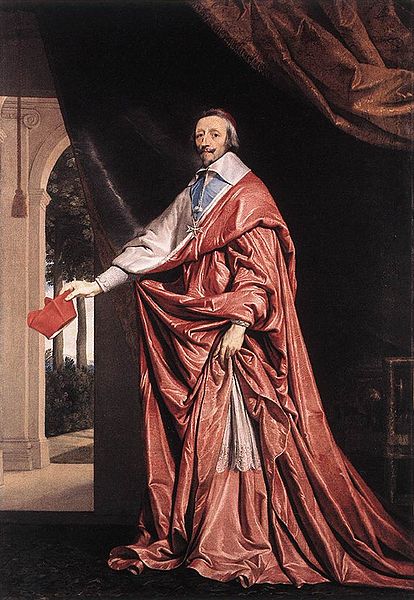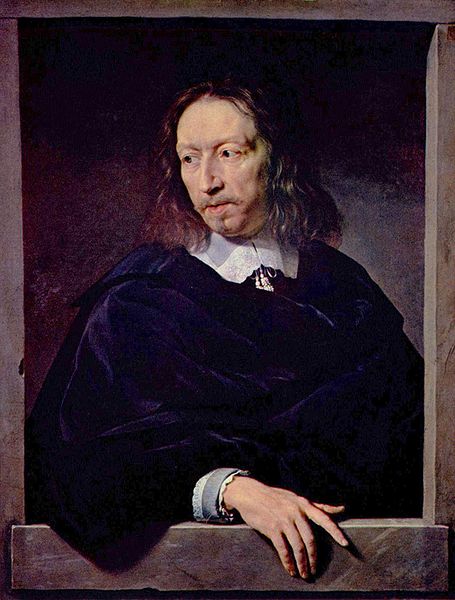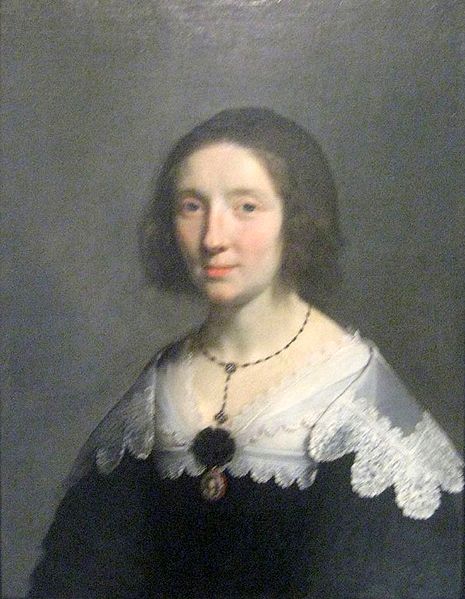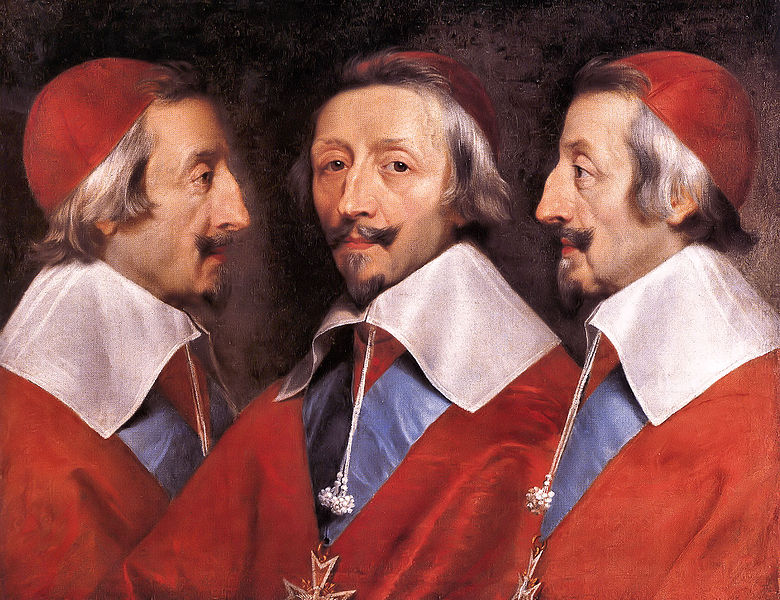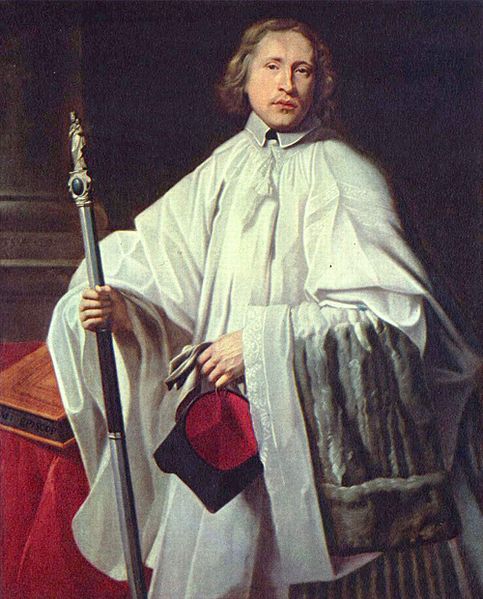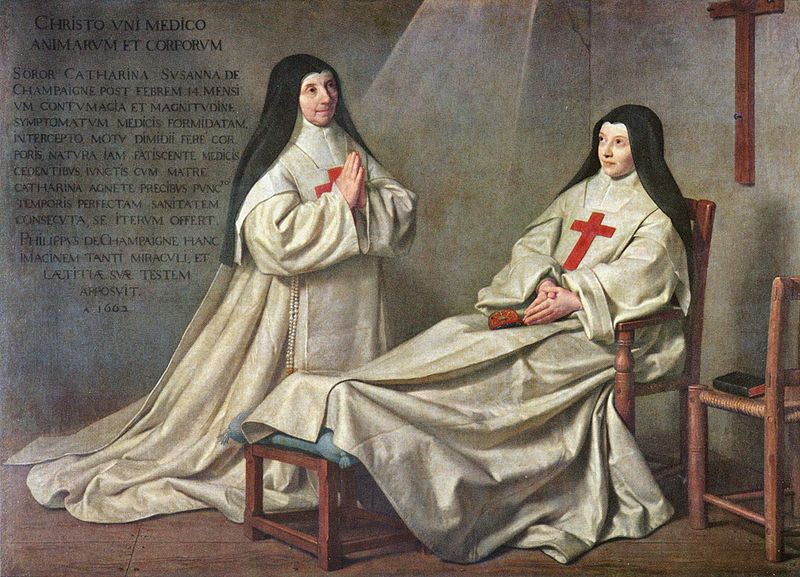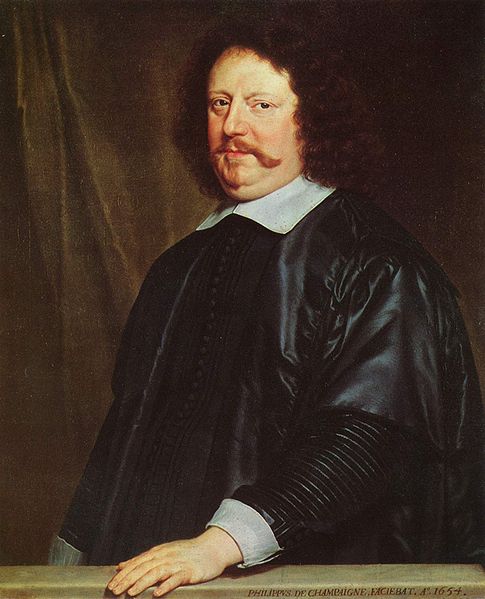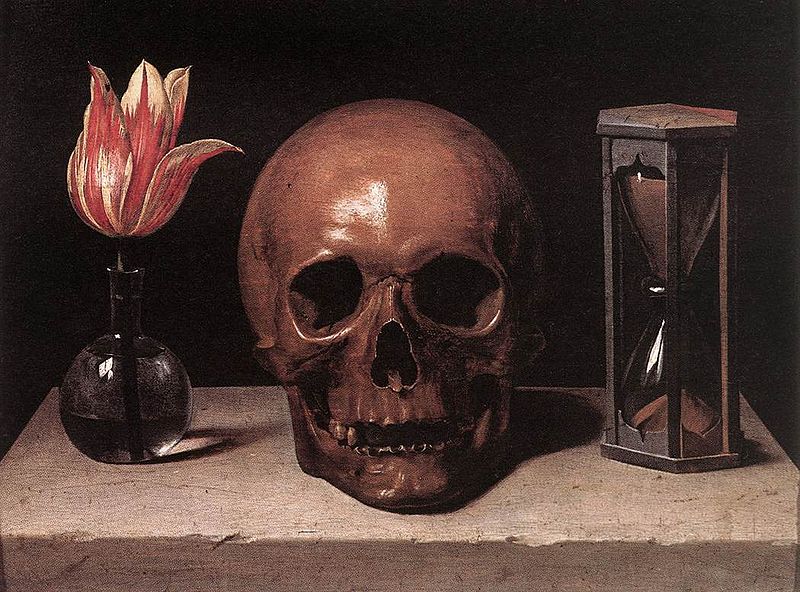<Back to Index>
- Aviator Henri Farman, 1874
- Painter Philippe de Champaigne, 1602
- 1st Prime Minister of the Republic of Vietnam Nguyễn Ngǫc Tho, 1908
PAGE SPONSOR
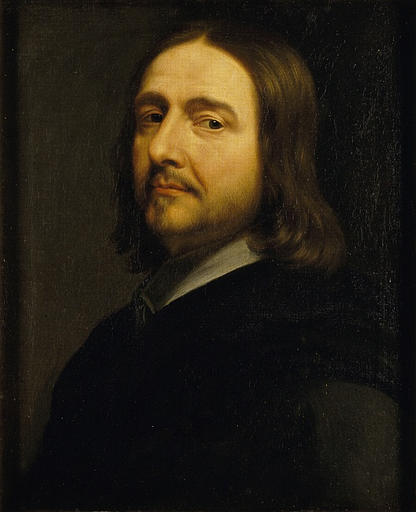
Philippe de Champaigne (26 May 1602 – 12 August 1674) was a Flemish-born French Baroque era painter, a major exponent of the French school.
Born in Brussels of a poor family, Champaigne was a pupil of the landscape painter Jacques Fouquières. In 1621 he moved to Paris, where he worked with Nicolas Poussin on the decoration of the Palais du Luxembourg under the direction of Nicolas Duchesne, whose daughter he married. According to Houbraken, Duchesne was angry at Champaigne for becoming more popular than he was at court, and this is why Champaigne returned to Brussels to live with his brother. It was only after he received news of Duchesne's death that he returned to marry his daughter. After the death of his protector Duchesne, Champaigne worked for the Queen Mother, Marie de Medicis, and for Cardinal Richelieu (for whom he decorated the Palais Cardinal), the dome of the Sorbonne and other buildings. He was a founding member of the Académie de peinture et de sculpture in 1648.
Later in his life (1640), he came under the influence of Jansenism. After his paralysed daughter was allegedly miraculously cured at the nunnery of Port-Royal, he painted the celebrated but atypical picture Ex-Voto de 1662, now in the Louvre, which represents the artist's daughter with Mother-Superior Agnès Arnauld.
Champaigne produced a very large number of paintings, mainly religious works and portraits. Influenced by Rubens at the beginning of his career, his style later became more austere.
Champaigne was of significant enough prominence in his time as to be mentioned in Cyrano de Bergerac in a line by Ragueneau referencing Cyrano: "Truly, I should not look to find his portrait By the grave hand of Philippe de Champagne."
He died in Paris in 1674.
